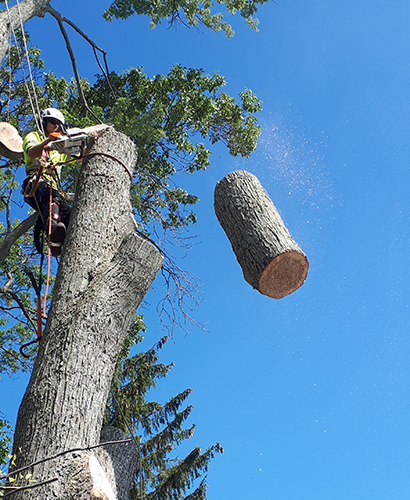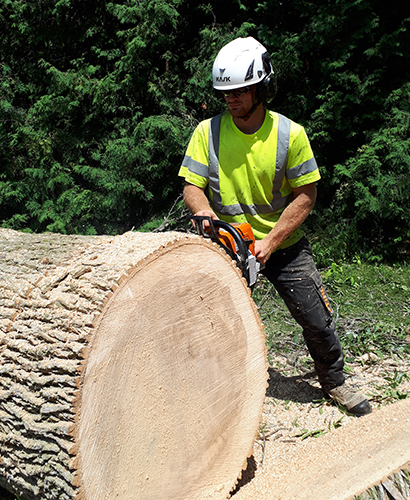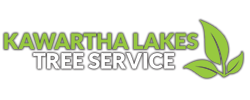Most tree removal is necessary when a tree is DDH (dead/dying, diseased, or hazardous). If you are unsure about your trees condition, it's best to consult with an Arborist before making a decision. Kawartha Lakes Tree Service can safely remove large or small trees without damage to your property.
Tree care work in general is hazardous, but tree removal is especially dangerous. Successfully removing a tree requires knowledge of tree physics, biology, rigging, dangerous tools, advanced cutting techniques, and more. Homeowners who attempt their own tree removal may be injured by falling limbs, malfunctioning equipment, or the tree itself.
Here are some common reasons for tree removal:
Is your tree an undesirable species? Characteristics that make trees “undesirable” include: weak wood prone to frequent breakage, dropping large quantities of debris, shallow roots that damage lawns and pavement, trees that are prone to disease.
How healthy is your tree? If a tree is unhealthy, it should be removed. A tree that is in decline can continue to survive for many years but will always have limited or abnormal growth and appearance.
Is there trunk damage? Vertical cracks, dead branch stubs and hollow wounds suggest internal decay. Severe damage to the main trunk often requires removal of the tree.
Is the tree hollow? A hollow tree has compromised trunk strength making the tree dangerous. Trees can live for years with a hollow trunk, but they are dangerous and can fall unexpectedly.
Are there dead/hanging branches? Dead/hanging branches in your tree pose a major risk to people and property below. They can become dislodged during inclement weather or without notice.
Is the tree leaning? Leaning trees are more of a hazard than those growing vertically. A sudden lean indicates breakage or weakening of roots and tree should be removed immediately.
Is the tree interfering with hydro lines?Trees in contact with hydro lines should be pruned or removed. During wet weather, electricity can arc into wet tree foliage causing a power failure or property damage.
Is the tree growing too close to a structure?Trees growing close to a house or other structure can cause damage.
If you have questions about the health or safety of any tree, contact us to have a certified arborist provide an on-site evaluation.


